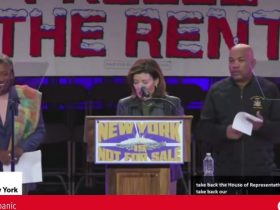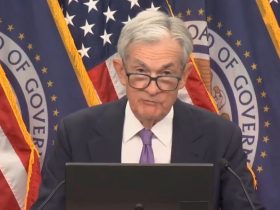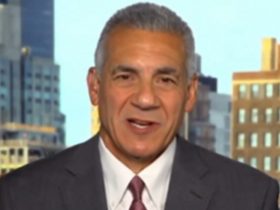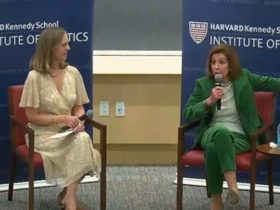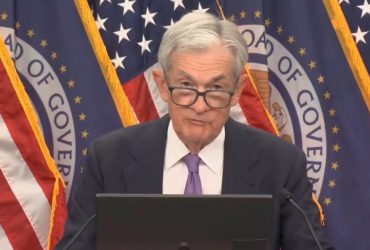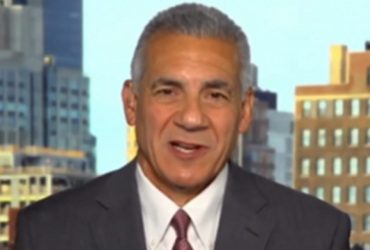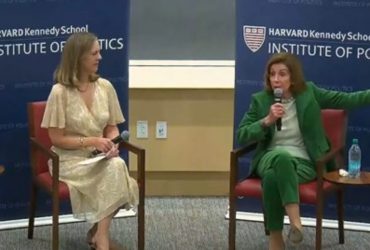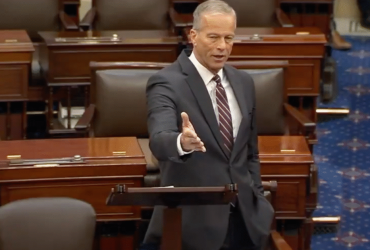False Cure: How Federally Funded Psychiatry Echoes Big Tobacco’s Lies
Republished with permission from AbleChild.
The parallel between the US Government’s role in hooking people on cigarettes and its role in hooking people on psych drugs is so clear that it leaves hope that there is a way out of the current failed mental health model that continues to harm millions of Americans every year.
First, let’s set the record straight. The US Government is fully aware that there is no known abnormality that is any alleged psychiatric disorder. Secondly, there are no psychiatric drugs sold that “treat” any known abnormality in the brain. Lastly, the pharmaceutical companies admit that they don’t know how any psychiatric drugs “work” as “treatment” for any alleged psychiatric disorder. The pharmaceuticals admit that they think they know how the drugs work, but can’t exactly explain how the drugs work.
Having said that, one can look back historically and see how the federal government supported cigarette smoking either through direct payments to tobacco farmers, tax incentives and by weakening any attempts at regulating the extremely lucrative industry.
Plus, it’s no secret that the federal government literally included cigarettes in all military rations from the first World War up to just after the conflict in Vietnam. Smoking cigarettes was part of a soldier’s daily life and, in fact, phrases like “smoke em if you’ve got em,” was coined to encourage soldiers to relax and take a break, essentially a reward.
The federal government also supported tobacco growers by instituting price supports and incentives that helped keep the industry profitable. It wasn’t until 2005 when the Tobacco Transition Payment Program (TTPP) began which provided payments to quota holders and producers for ten years to transition away from the industry.
Although it was long known that cigarette smoking was medically harmful, the tobacco industry enlisted clever advertising to aggressively sell tobacco products, even including medical doctor recommendations. The RJ Reynolds tobacco company claimed, “More doctors smoke Camels than any other cigarette.” Some company advertising claim tobacco as medicinal as one Phillip Morris company’s advertising claimed their brand cleared up “every case of nose or throat irritation…completely and definitely.”
But science and medicine did catch up with the Tobacco industry and by the 1970’s advertising was banned from television and radio and laws restricting smoking in public places began locally and quickly spread nationwide. It was in the late 1980’s when the US Surgeon General concluded that nicotine is an addictive substance and began to change the public’s understanding of habit to addiction.
The nail in the tobacco industry’s coffin came after national advertising anti-tobacco media campaigns began in earnest and, ultimately, the 1998 settlement by the tobacco industry to pay billions to states for smoking-related health costs which was poured into additional anti-smoking advertising and health programs. The pro-tobacco advertising suddenly became anti-smoking advertising campaigns by state and federal entities that were successful beyond anticipation. But by this time, the medicine supporting the detriment of smoking could not be suppressed. Smoking tobacco was, contrary to industry advertising, not healthy and, in fact, detrimental to one’s health. The success of those anti-smoking campaigns is found in the extraordinarily low number of children in the last two decades who smoke tobacco. In a nutshell, through state and federal education campaigns, they have convinced the last few generations that cigarette smoking is bad.
Unfortunately, and ironically, those same children now are the poster children for life-long use of prescription psychiatric drugs and the similarities between the governmental support of the tobacco industry and now the mental health industry cannot be ignored.
For example, as was stated up front, there is no science to support any abnormality that is any psychiatric disorder. Nevertheless, the federal government is the largest single payer for mental health services, making up about $30 billion a year in taxpayer funding through Medicaid. But the federal funding is actually much, much more, when one considers the tens of billions of dollars that is appropriated to other government agencies, like the Department of Defense, the Substance Abuse and Mental Health Services Administration (SAMHSA), Department of Veterans Affairs and the National Institute of Mental Health (NIMH) to name a few.
Also, like the tobacco industry, the federal government allows the pharmaceutical companies to advertise their psychiatric drug products without proof that the drugs “treat” any known abnormality. Rather drug companies focus on improving symptoms, not a cure. Obviously, the drugs cannot cure what does not exist.
In the case of psychiatric drugs, the deceptive advertising focuses on how a drug can reduce negative feelings. The expectation, apparently, is that the drug is targeting a specific mood. Of course, the drug isn’t targeting any abnormality. Will a mind-altering drug change behavior? Yes. Is that drug targeting any known abnormality? No.
Many psychiatric drug commercials feature individuals struggling to cope then followed by happy images of that individual after taking the drug. And, most of the advertising shows patients engaging in normal, happy, family-oriented behavior after taking the prescription drug.
Like the tobacco industry, the science, or lack thereof, is finally coming out about alleged mental disorders. For example, for decades the “chemical imbalance” was used by doctors and pharmaceutical companies to explain abnormal behavior and provide “treatments.” The alleged “chemical imbalance” has since been completely debunked, and the psycho/pharma industry has been forced to stop using the theory. Further, despite a hundred years of research, the psychiatric industry has yet to find the cause of any alleged mental disorder.
But, like the tobacco industry, the adverse events associated with the psychiatric drug “treatments” finally are being revealed and one can only hope that the federal government will go after the psycho/pharma industry as doggedly as it did the tobacco industry.
There is no known abnormality that is any alleged psychiatric mental disorder. There is no psychiatric drug that “treats” any known abnormality that is an alleged mental disorder. The science is clear so when will the federal government stop promoting and funding the mental illness fraud? When will the federal government end its complicity in the harm created by pharmaceutical drugs that don’t “treat” any known abnormality? How many more have to be harmed before the federal government does its job…protect the American people from enemies foreign and domestic?
Be the Voice for the Voiceless
AbleChild is a 501(3) C nonprofit organization that has recently co-written landmark legislation in Tennessee, setting a national precedent for transparency and accountability in the intersection of mental health, pharmaceutical practices, and public safety.
What you can do. Sign the Petition calling for federal hearings!
Donate! Every dollar you give is a powerful statement, a resounding declaration that the struggles of these families will no longer be ignored. Your generosity today will echo through generations, ensuring that the rights and well-being of children are fiercely guarded. Don’t let another family navigate this journey alone. Donate now and join us in creating a world where every child’s mind is nurtured, respected, and given the opportunity to thrive. As a 501(c)3 organization, your donation to AbleChild is not only an investment in the well-being of vulnerable children but also a tax-deductible contribution to a cause that transcends individual lives.
The post ABLECHILD: False Cure – How Federally Funded Psychiatry Echoes Big Tobacco’s Lies appeared first on The Gateway Pundit.


